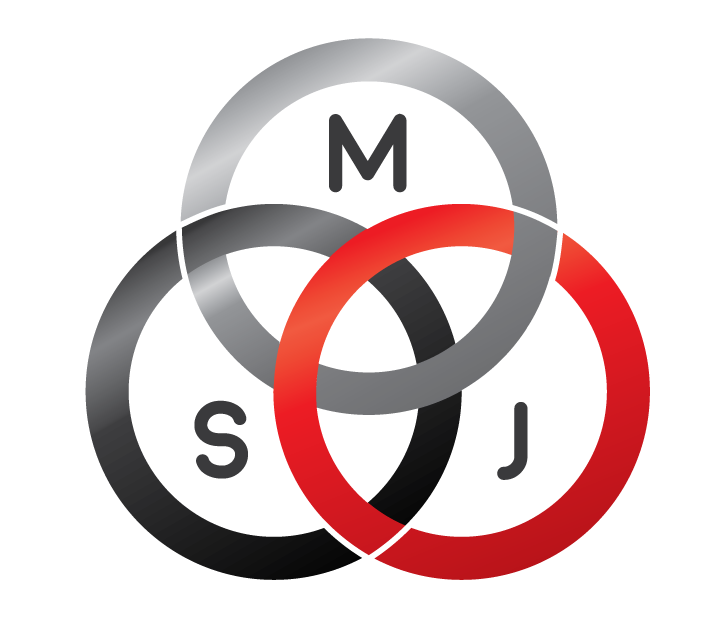Computerised Disc Decompression Therapy
Non-surgical Computerised Spinal Disc Decompression Therapy (DTS) is a non-invasive treatment protocolfor acute and chronic spinal pain coming from the damaged disc. Symptoms may include referred leg or arm pain, numbness and tingling along the nerve pathways and functional weakness. Disc damage includes herniated, ruptured, bulging or degenerative discs.
DTSis also used for the treatment of conditions such as facet syndrome, spondylosis and even failed spinal surgery. It is safe and effective without the normal risks associated with invasive procedures such as injections, anesthesia or surgery. Spinal decompression works through a series of alternating decompression and relaxation cycles with a total treatment time of 15-30 minutes per session.
DTS works by applying specific distractive forces, in variable directions, to create a negative pressure in the centre of the intervertebral disc. This creates a suctioning effect or “vacuum phenomenon” in order to retract and reduce the size of the herniated disc material. By reducing the disc bulge, there is a directly proportional reduction in nerve and local vascular compression. This results in an alleviation of symptoms, as well as creating an osmotic gradient, which helps bring nutrients and water into the disc. Since intervertebral discs have poor circulation, they depend upon receiving their nutrition through diffusion across the end-plates of the vertebrae above and below.
Why is our Spinal Decompression Therapy system so successful?
As our integrative approach suggests, we combine Computerised Decompression Therapy with alignment and targeted “core” stabilization exercises. Doctor skill, combined with the best decompression tables and computerized traction head, are the keys. Proper assessment, correct positioning of the patient, and the use of pre-programmed patterns of distraction and relaxation is essential to accelerate disc healing. In addition, we use other adjunct treatments that have proven effectiveness in spinal care. It is this multi-faceted approach which makes the overall treatment so effective. Additionally, the disc has been shown to be a predominant site of pain in many spinal conditions. So treating it as directly as possible makes the most sense for efficiency of treatment.
